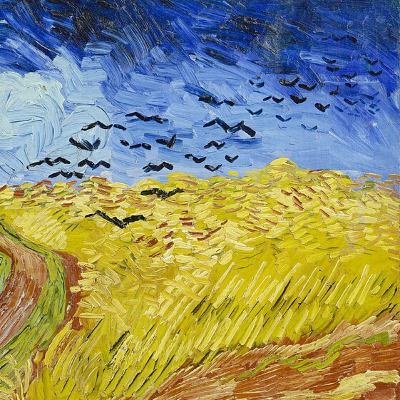What Is Life? -Erwin Schrödinger (HINDI/हिंदी में)
Description
What Is Life? is a famous book written by Erwin Schrödinger in 1944. He was a Nobel Prize-winning physicist best known for his work in quantum mechanics. But in this book, Schrödinger turned to biology. He wanted to answer a big question: What makes something alive?He wrote this book before the structure of DNA was discovered. Yet, he made guesses that were very close to the truth. The book helped spark new ideas in biology and inspired scientists like James Watson and Francis Crick, who later discovered the double-helix structure of DNA.The Main Idea: What Is Life?Schrödinger wanted to know how life could stay ordered. In physics, we learn that things tend to get messy over time. This is called entropy. For example, if you break a cup, it becomes a mess. It doesn’t fix itself. But living things are different. They grow, heal, and stay organized. Why?His answer: living things must take in "negative entropy" to stay alive. That means they take in order from their surroundings, like from food or sunlight, and use it to keep their bodies in shape. This idea helped connect physics to biology in a new way.A New Kind of Physics for LifeSchrödinger thought that the laws of physics alone couldn’t explain life. At least, not the ones known at the time. He believed life followed the same rules, but in a strange and special way.For example, when you look at molecules in a rock, they act randomly. But in a living cell, the molecules work together in a very organized way. He said there must be something inside cells that guides this order. He called it an aperiodic crystal. This was his guess for how genes worked—long before DNA was fully understood.He said genes had to be small, stable, and carry lots of information. That’s exactly what DNA is. He didn’t know it yet, but he was on the right track.Genes: The Code of LifeSchrödinger talked a lot about genes. He said they must act like a written code, passing information from one generation to the next. At the time, no one knew how this code worked. But Schrödinger guessed it had to be physical—built from atoms and shaped in a very detailed way.He didn’t know it was a double helix made of four letters (A, T, C, and G), but he knew genes had to store and copy instructions to build and run a living thing. This inspired many scientists to search for the true structure of the gene.Order from DisorderOne of the big ideas in the book is how life creates order from disorder. In most systems, heat spreads out, things fall apart, and everything moves toward chaos. But living things fight that.For example, a tree takes energy from sunlight and turns it into food. This food helps the tree grow, heal, and make seeds. Schrödinger said this ability to use energy to stay ordered is what makes life so special. It’s what separates the living from the non-living.The Role of Physics in BiologySchrödinger believed that biology could be explained by physics, but maybe not the kind of physics people knew in the 1940s. He said life might need new laws or ideas. In fact, when scientists later studied molecules like DNA and proteins, they found that quantum mechanics (Schrödinger’s own field) plays a small role in how molecules behave.This showed that physics and biology are not so separate. Schrödinger’s ideas helped bring them together.Legacy of the BookWhat Is Life? is short, but powerful. It changed the way people thought about living things. It helped start a new field called molecular biology. Many great scientists said this book was the reason they chose to study life and genes.Though some of his guesses were off, many were right—or close. Schrödinger showed that deep thinking and asking bold questions could lead to big discoveries.





